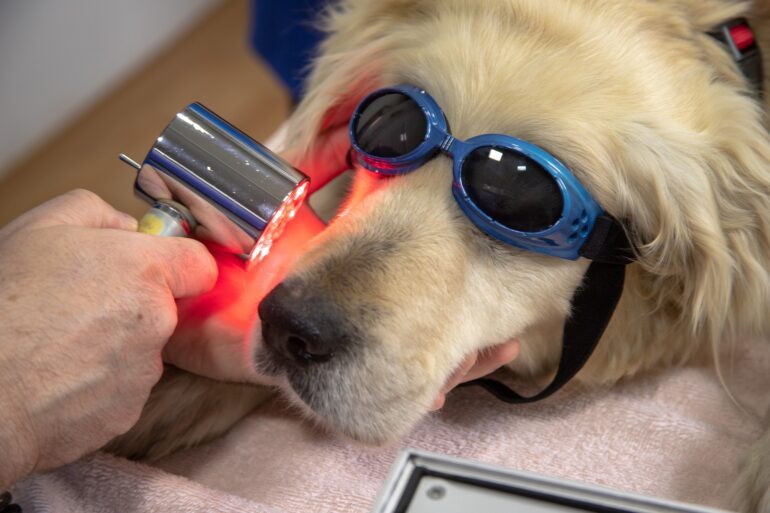TL;DR:
- AI, including machine learning and deep learning, offers innovative applications in veterinary medicine.
- AI-assisted diagnostics enable accurate disease detection and classification from medical images.
- Predictive medicine harnesses patient data to predict outcomes and personalize treatment plans.
- Virtual assistants and decision support systems provide real-time access to medical knowledge and treatment recommendations.
- Challenges include data quality, algorithm transparency, ethical considerations, and regulatory frameworks.
Main AI News:
Artificial intelligence (AI) has emerged as a formidable asset across various sectors, spearheading transformative changes and revolutionizing problem-solving approaches. In the realm of veterinary medicine, AI has the potential to usher in remarkable advancements, elevating diagnostics, refining treatment strategies, and optimizing animal healthcare results. We consulted with Chat GPT to gather her insights on the subject, and this article reflects her perspective on the applications of AI in veterinary medicine, shedding light on its advantages, obstacles, and future prospects.
The unprecedented progress in AI, encompassing machine learning (ML) and deep learning (DL), has paved the way for groundbreaking applications within the veterinary domain. By scrutinizing vast datasets, recognizing patterns, and generating predictions, AI systems have the capacity to amplify the capabilities of veterinary professionals, leading to more precise diagnoses, tailored treatment plans, and enhanced patient care.
AI-Assisted Diagnostics: One of the key areas where AI exhibits remarkable potential is the analysis of medical images, including radiographs, ultrasounds, and MRIs, facilitating the detection and categorization of diseases. For example, DL models have showcased exceptional accuracy in diagnosing conditions such as cancer, orthopedic disorders, and neurological abnormalities in animals. Additionally, AI can play a pivotal role in the identification and characterization of skin lesions, ophthalmic diseases, and dental issues.
Predictive Medicine: Leveraging patient data, encompassing medical records, laboratory results, and genetic information, AI algorithms can predict disease outcomes and recommend personalized treatment plans. These predictive models assist in identifying risk factors, estimating prognosis, and optimizing preventive care strategies. For instance, AI can help forecast the likelihood of developing hereditary conditions or evaluate the response to specific medications.
Virtual Assistants and Decision Support Systems: AI-driven virtual assistants and decision support systems offer veterinarians real-time access to medical knowledge, clinical guidelines, and treatment recommendations. Equipped with these tools, veterinary professionals can make evidence-based decisions, reducing diagnostic errors and ensuring optimal patient care. Furthermore, virtual assistants and decision support systems aid in client communication and education, fostering a stronger bond between veterinarians and pet owners.
Challenges and Future Directions: While the potential of AI in veterinary medicine is immense, certain challenges persist, encompassing data quality and availability, algorithm transparency, ethical considerations, and regulatory frameworks. To ensure successful implementation and promote the ethical and responsible use of AI technologies, continued research, collaboration, and ongoing training of veterinary professionals in AI applications are crucial.
Conclusion:
The integration of AI in veterinary medicine presents significant opportunities for enhancing diagnostics, treatment planning, and patient care. AI-driven advancements empower veterinary professionals to make more accurate diagnoses, personalize treatment plans, and improve healthcare outcomes for animals. However, challenges such as data quality, algorithm transparency, and ethical considerations must be addressed for the successful implementation and responsible use of AI technologies in the veterinary market.
The continued collaboration, research, and training of veterinary professionals in AI applications will be crucial to navigate these challenges and ensuring the safe and effective utilization of AI in veterinary practice. This underscores the growing importance of AI in shaping the future of the veterinary market, as it becomes an integral tool in providing cutting-edge healthcare solutions for animal well-being.

